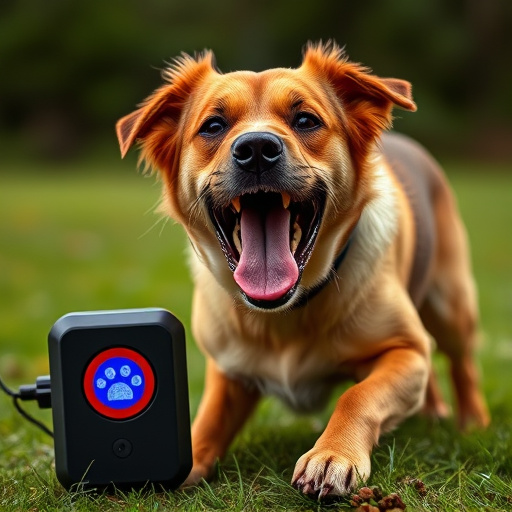Bark control devices offer humane and effective solutions for excessive dog barking, using sound, vibration, or spray to deter without harm. Handheld dog deterrent carrying methods provide convenience, portability, and versatility, with adjustable ranges from short to long-distance activation. These modern devices have transformed canine behavior management in urban areas, addressing the need for prompt and discreet solutions. Selection depends on specific needs, user physical capability, weatherproof designs, and desired control range, ensuring optimal management for immediate or distant interventions.
“Discover the ultimate guide to bark control devices, designed to offer comprehensive solutions for pet owners. From understanding the fundamentals of these devices to exploring their evolution, this article delves into the art of effective dog deterrents. We uncover the significance of different range options and how they can be tailored through innovative carrying methods.
Learn about practical considerations for optimal control, ensuring a peaceful environment for both you and your furry companion. Uncover the secrets to successful bark management with our in-depth analysis.”
- Understanding Bark Control Devices: A Comprehensive Overview
- The Evolution of Handheld Dog Deterrents: Unlocking Effective Range Options
- Exploring Carrying Methods for Optimal Control: Practical Considerations
Understanding Bark Control Devices: A Comprehensive Overview
Bark control devices are innovative tools designed to address excessive dog barking, offering a humane and effective solution for pet owners. These devices utilize different techniques, such as sound, vibration, or spray, to deter barking without causing harm. Understanding their functionality and range of options is key to choosing the right fit for your needs. Handheld dog deterrent carrying methods, for instance, provide convenience and portability, allowing users to easily manage barking in various settings.
Whether you’re dealing with a neighbor’s noisy pet or training your own dog, these tools can help establish better behavior. Modern bark control devices often come in multiple ranges, from short to long-distance activation, catering to different scenarios. This versatility ensures that owners can use the device effectively indoors, outdoors, and even during walks, making it a comprehensive solution for managing canine behavior.
The Evolution of Handheld Dog Deterrents: Unlocking Effective Range Options
The evolution of handheld dog deterrents has revolutionized how we manage canine behavior in various settings, from parks to backyards. Historically, training and positive reinforcement were the primary tools for addressing unwanted barking. However, as urban areas became more densely populated, the need for effective yet portable solutions grew. Handheld dog deterrents emerged as a practical response, offering users the flexibility to address barking issues promptly and discreetly.
These devices have evolved beyond simple air horns or whistles, incorporating advanced technologies that allow for precise range control. Modern handheld deterrents often feature adjustable settings, enabling users to choose between gentle warning sounds or more intense visual and auditory stimuli, all while minimizing disturbance to non-target animals and humans. The ability to carry these devices in a convenient, ergonomic manner, whether through a holster or lanyard, further enhances their practicality for dog owners and professional trainers alike, ensuring quick access when needed most.
Exploring Carrying Methods for Optimal Control: Practical Considerations
When considering the best approach for controlling barking dogs, it’s crucial to explore various carrying methods for optimal control. Different handheld dog deterrent devices offer distinct advantages in terms of portability and range. For instance, some models are designed for quick deployment and ease of use, making them ideal for immediate, short-range interventions. Others, equipped with longer ranges, allow for more strategic and remote control, which can be beneficial in managing barking from a distance or in challenging terrain.
Practical considerations play a significant role in choosing the right carrying method. Factors like weight and size of the device, as well as the user’s physical capabilities, are essential. Lightweight, compact designs facilitate easier carriage during walks or in emergency situations. Additionally, weather conditions may influence the decision; waterproof and durable cases protect the device from adverse elements, ensuring reliable performance whenever needed.
Bark control devices, particularly handheld dog deterrents with adjustable ranges, offer pet owners and professionals a versatile tool for managing canine behavior. By understanding the evolution of these devices and exploring practical carrying methods, users can effectively navigate different scenarios, from training in close quarters to controlling barking over greater distances. Integrating these innovative solutions into your toolkit enhances both convenience and control, fostering a calmer environment for both pets and their owners. When choosing a handheld dog deterrent, consider the specific needs of your situation, ensuring the device’s effectiveness and ease of use through optimal carrying methods.
